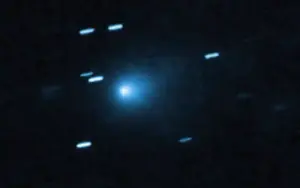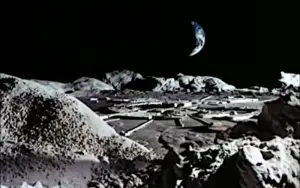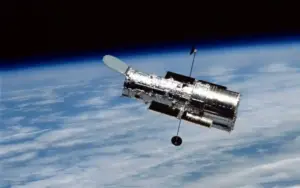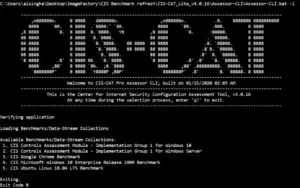Perseids Meteor Shower Viewing Dampened by Moon
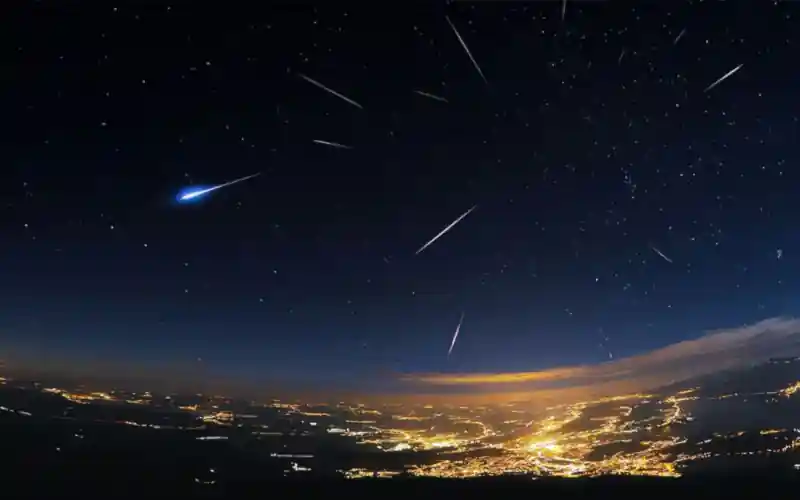
- This year’s Perseids meteor shower peak will be less visible due to a bright moon. Experts suggest waiting a week for better viewing conditions.
The annual Perseids meteor shower, one of the most anticipated celestial events of the summer, is set to peak soon. Unfortunately, a nearly full moon will significantly hinder the spectacle. According to Thaddeus LaCoursiere, a planetarium program coordinator at the Bell Museum, this bright moonlight will drastically reduce the number of visible meteors. Skywatchers can typically see 60 to 100 meteors per hour under optimal, dark-sky conditions. However, with the moon at about 84% illumination during the peak, the American Meteor Society predicts a rate of only 10 to 20 meteors per hour.
LaCoursiere recommends that enthusiasts wait until after the peak to catch a better show. Viewing the shower a week or so later, when the moon is not as bright, will offer a superior experience. The Perseids remain active and visible in the sky until August 23rd, providing an extended window for observation. Viewing doesn’t require any special equipment, but a location far from city lights is essential for the best results.
Understanding the Phenomenon
A meteor shower occurs when the Earth travels through debris left by a passing comet or asteroid. The Perseids, in particular, originate from the debris trail of comet 109P/Swift-Tuttle. As these small space rocks enter the Earth’s atmosphere at high speeds, they encounter air resistance and heat up intensely. This process causes them to burn up, creating a glowing trail commonly known as a “shooting star.”
This fiery tail is often a result of the air around the debris glowing briefly from the intense heat. While these events happen multiple times a year with different comets, the Perseids are known for their spectacular display. The display is a reminder of the dynamic nature of our solar system.
How to Get the Best View
The optimal time to observe a meteor shower is typically in the early hours before dawn, when the moon is low on the horizon. The biggest challenge to a clear view is competing light sources, whether from the moon or artificial city lights. Cloudless nights are always best, especially when the moon is in its waning phases.
For successful viewing, it’s crucial to give your eyes time to adjust to the darkness. This means you should avoid checking your phone or other bright screens. By keeping your gaze directed toward the sky, your eyes will become better adapted to spot the faint streaks of light. The next major meteor shower to look forward to after the Perseids is the Orionids, which will peak in late October.
Did You Know?
|


